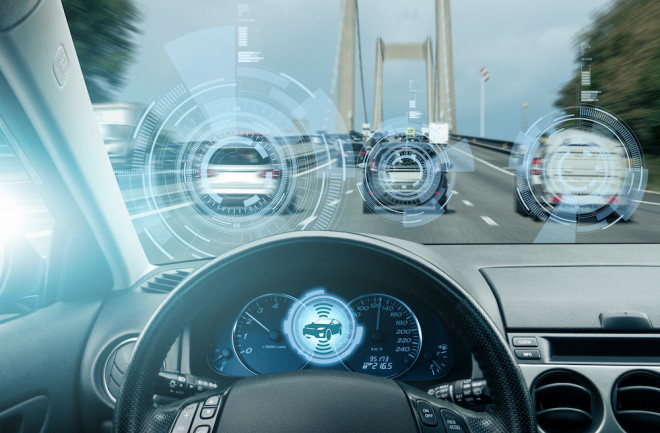This story was originally published in our Nov/Dec 2022 issue as "Your Robotaxi Is Almost Here." Click here to subscribe to read more stories like this one.
If you need a ride in suburban Phoenix, you can hail a driverless Waymo One minivan on an app. “Good morning,” says a cheerily robotic female voice, greeting you by name as you board. “This car is all yours, with no one up front.” To start the ride, just push the blue button on the rear display screen. Then, off you go, with a ghost behind the wheel.
Waymo, a subsidiary of Google, has been running this rider-only taxi service since late 2020. Other robotaxi fleets are rolling out in various U.S. cities, such as the launch of the General Motors-backed Cruise this summer in San Francisco. And in parts of the Sun Belt, autonomous trucks in test mode are already hauling freight for FedEx and other companies — with human drivers tagging along as backups, ready to take over if necessary. Within a year or two, these trucks could be rolling down interstates with no one in the cab. As for autonomous vehicles, or AVs, for personal use, General Motors says it might deliver the first one “as soon as mid-decade.”
Such breakthroughs suggest reality could finally be starting to catch up to the hype about AVs. Five to seven years ago, tech firms and car manufacturers were predicting self-driving technology would be widely deployed by 2020. But developers admit the challenge has proven much more difficult — and expensive — than anticipated. Despite advances in artificial intelligence (AI), computing and perception, it could be years, if not decades, before fully self-driving cars are ubiquitous.







